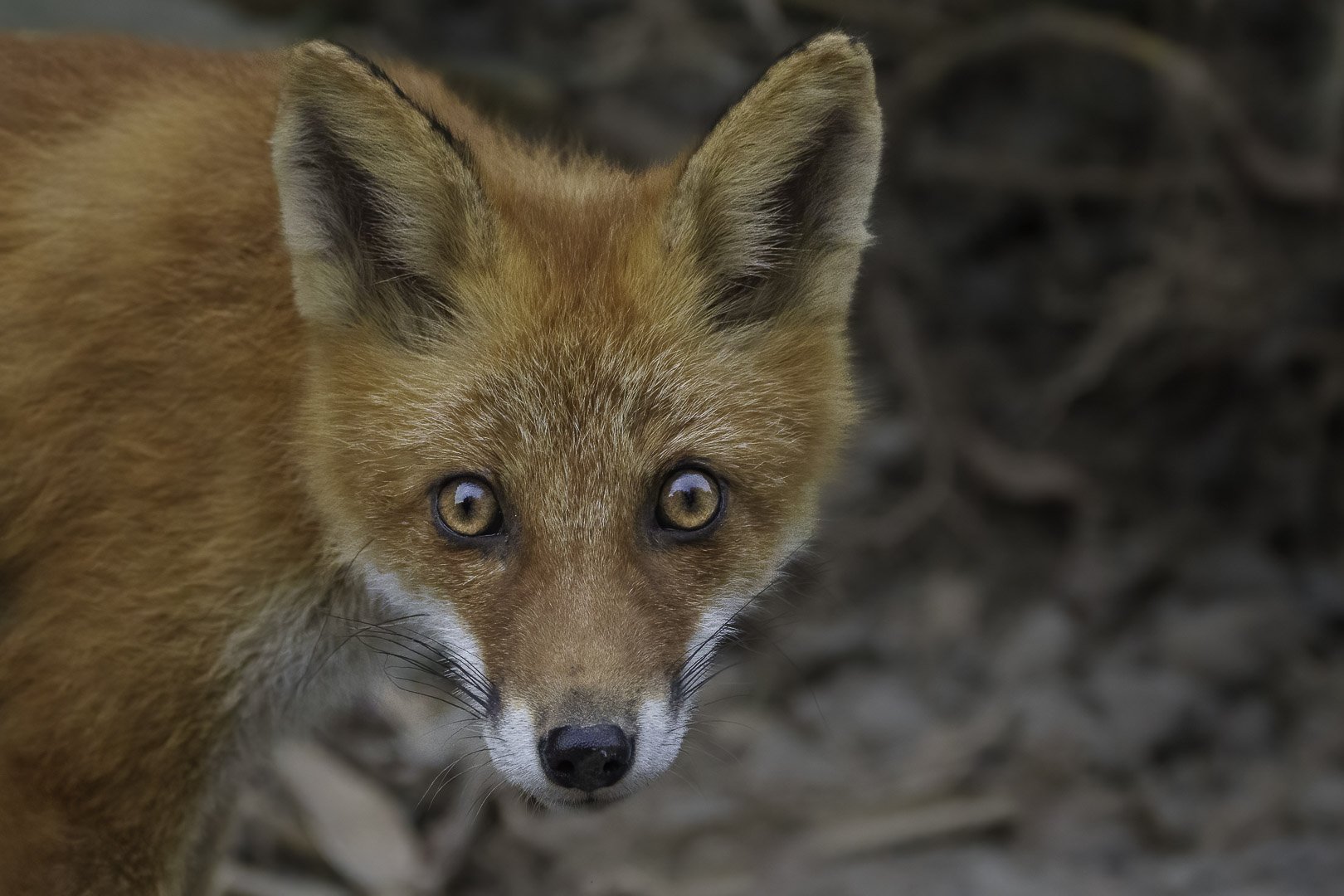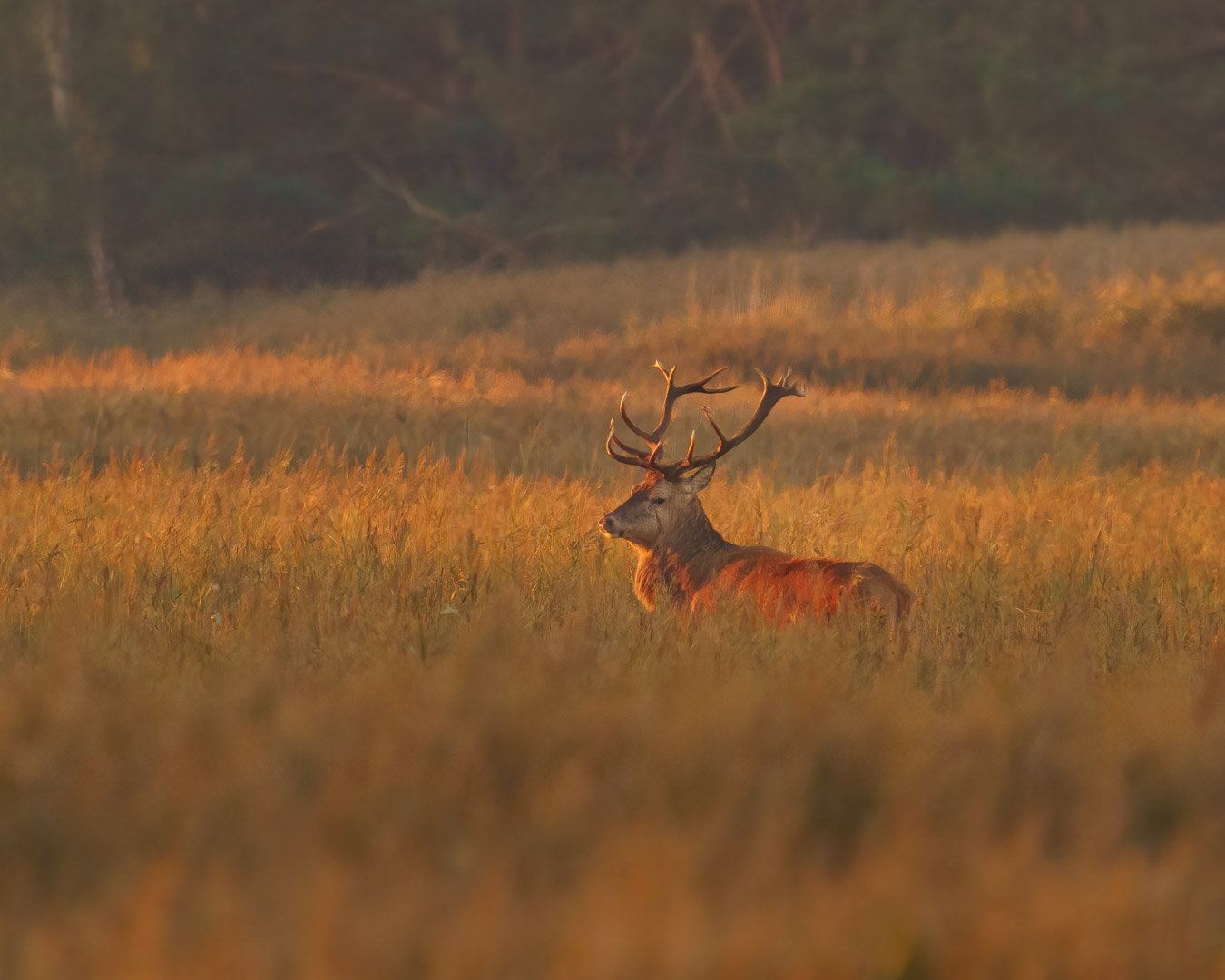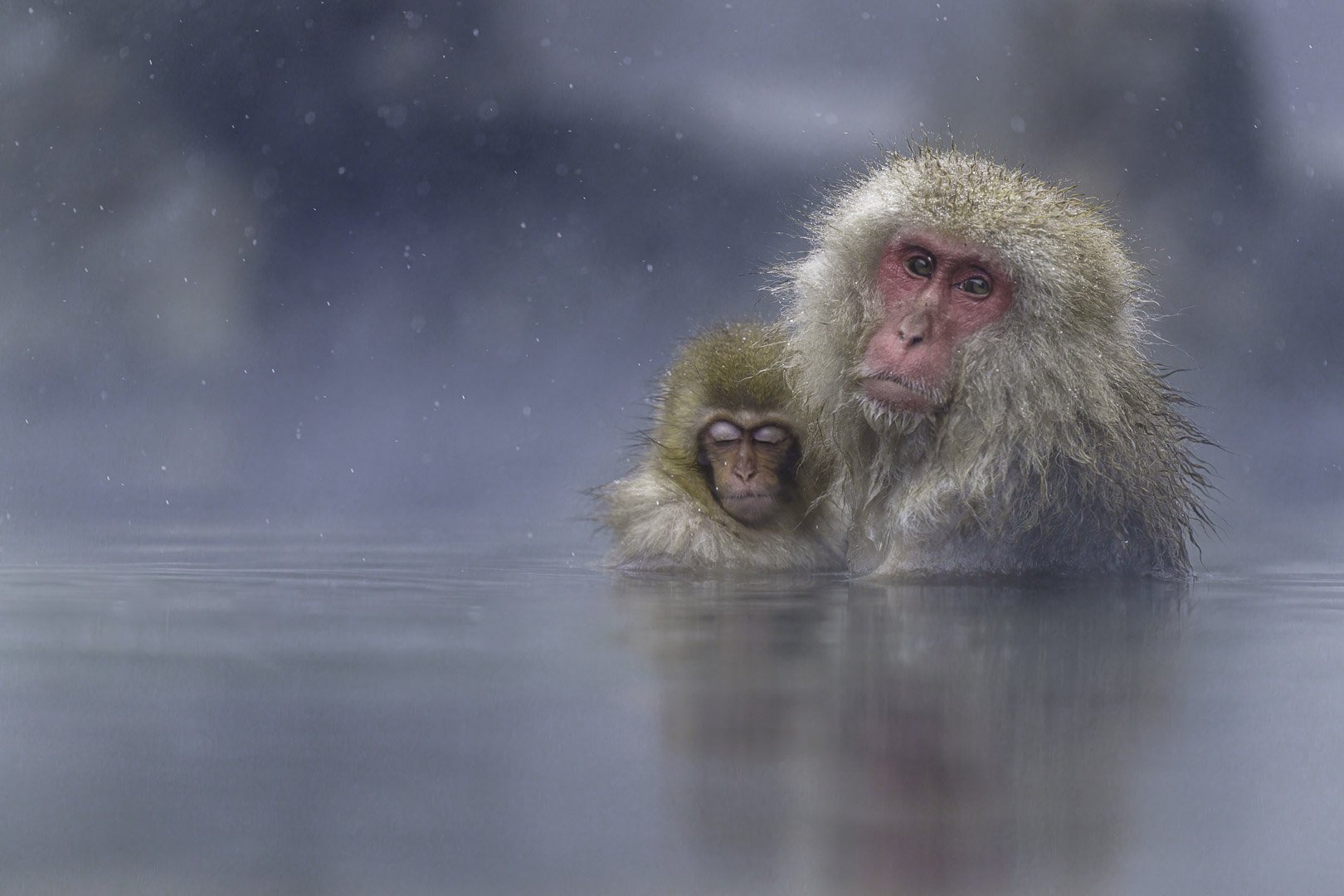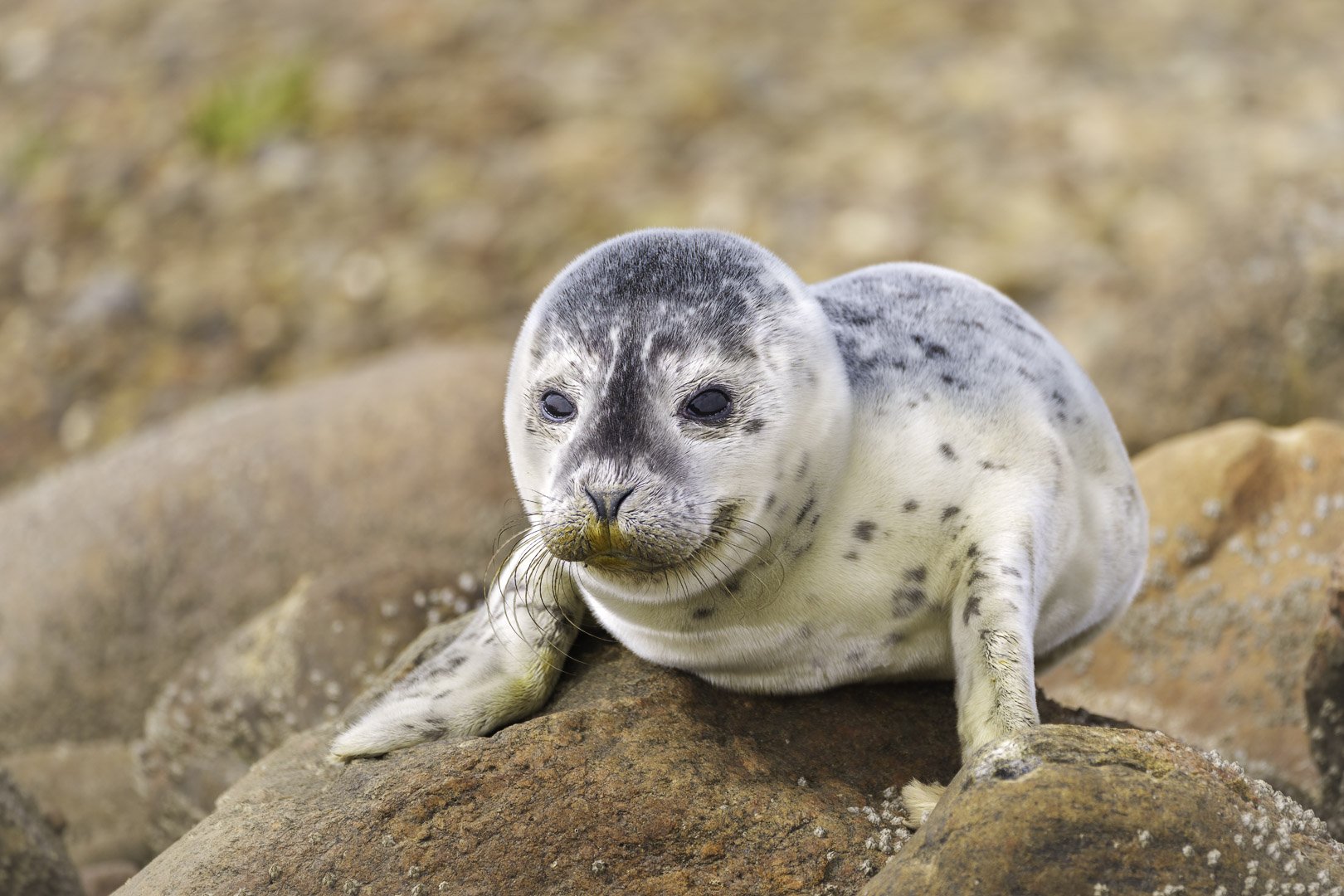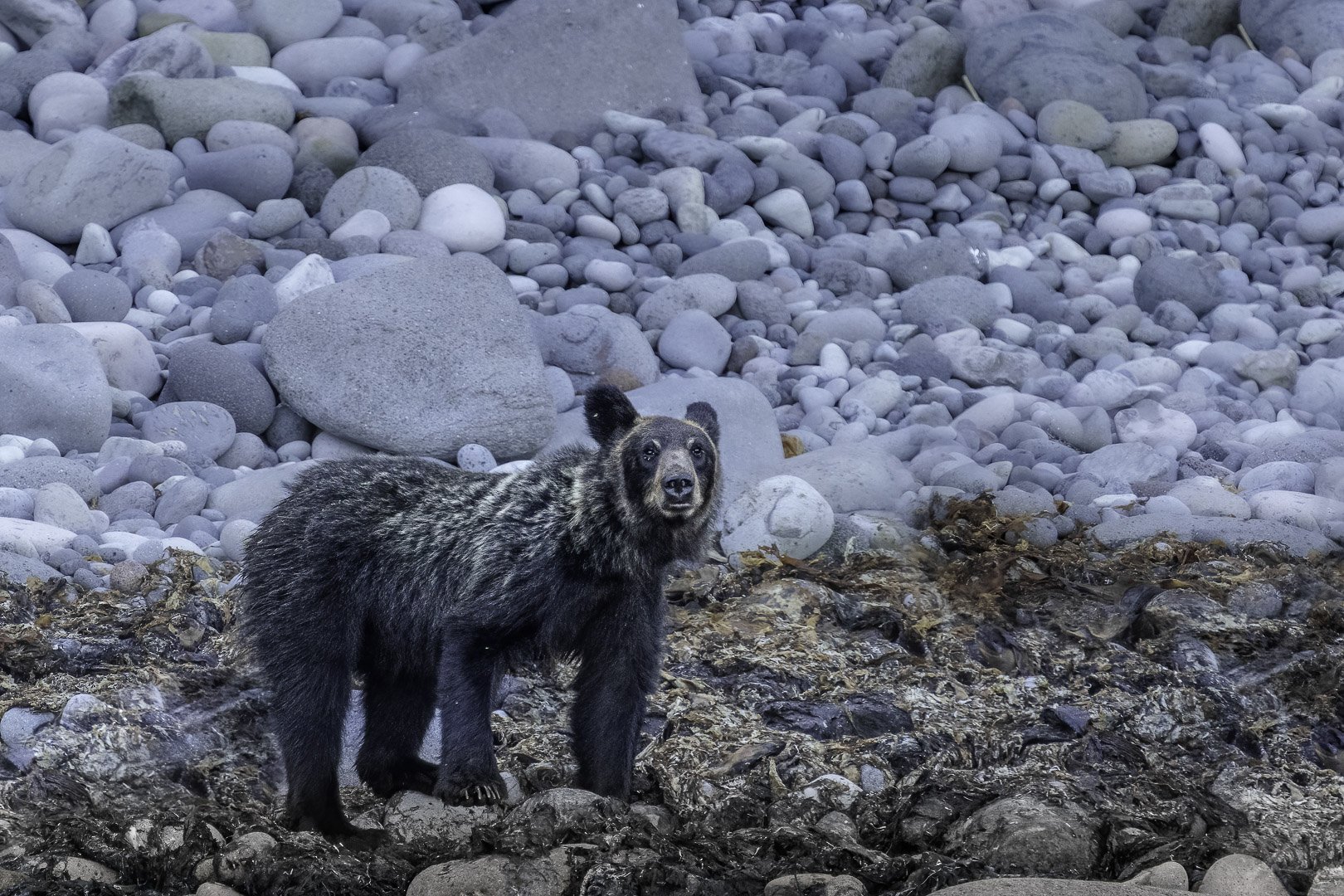Grey seal (Halichoerus grypus)
Grey seal pup (Halichoerus grypus) - Picture taken near Tønder, Denmark.
Key Facts:
Size: 180 - 250 cm
Weight: 130 - 300 kg
Diet: Salmon, cod, herring, mackerel, and flounder
Observation Tip: Coasts of England, Germany, Poland, Denmark, Canada
Photography Tips:
Lens: Starting from 600 mm
Difficulty Level: Medium
The grey seal (Halichoerus grypus) is a species of seal that occurs along Germany's coasts and, alongside the harbor seal, is the largest wild predator in Germany. The name derives from its conical teeth and head shape. Compared to the harbor seal, the grey seal has a more robust body and a tapered head. The males are dark gray with light spots, while the females are dark gray with silver-gray spots. Young pups are born with white lanugo fur, which is replaced by regular fur after five weeks. Male grey seals are larger than females, with a length of 230 cm and a weight of 220 kg for males, compared to 180 cm and 150 kg for females. They also have a larger nose. This sexual dimorphism is pronounced in few seal species.
Distribution
The Baltic grey seal (H. g. balticus) is considered a subspecies and was once widespread throughout the Baltic Sea. However, due to intense hunting, it has been pushed back to the northernmost parts, but is now found again in Poland and Mecklenburg-Western Pomerania. The Vorpommersche Boddenlandschaft National Park and the Greifswalder Bodden harbor a population of at least 290 individuals. The northeastern Atlantic grey seals mainly inhabit the coasts of Great Britain, Ireland, Northern France, Iceland, and the Faroe Islands, and only rarely the North Sea or Baltic Sea. The western Atlantic grey seals live along the Canadian coasts of Labrador, New Brunswick, and Nova Scotia.
Young grey seals wander widely outside the breeding season but return to the same breeding sites. During their dives, which can last up to 20 minutes, they reach depths of up to 140 meters and hunt for fish, consuming about ten kilograms of fish daily. Prey includes salmon, cod, herring, mackerel, and flounder. Grey seals can also attack and feed on harbor porpoises, young harbor seals, and juveniles of their own species.
BehaviorDuring the breeding season, grey seals form small colonies on the coasts, consisting of an average of six females and one male. Larger colonies have several males, each holding a harem. Successful males defend up to ten females and their pups, mating with them once the pups are about four weeks old. The breeding season varies depending on the distribution area, occurring between September and December in the northeastern Atlantic, January, and February in the western Atlantic, and February and March in the Baltic Sea. The gestation period lasts eleven and a half months, and sexual maturity is reached at four to five years of age. However, males are only strong enough to guard a group of females from the age of eight. Grey seals have an average lifespan of 20 years but can live over 45 years in exceptional cases.
Conservation Grey seals were of little commercial interest to seal hunters in the past, but many were killed by fishermen who viewed them as competitors. Today, they are protected in most countries, and populations have increased to about 100,000 individuals in the eastern Atlantic. Forty percent of the global population lives along the coasts of Great Britain. The International Union for Conservation of Nature (IUCN) classifies the grey seal as "Least Concern" on its Red List. In Germany, however, it is considered critically endangered, with Schleswig-Holstein classifying it as endangered, while Mecklenburg-Western Pomerania and Lower Saxony consider them as endangered migratory animals in their region. The gray seal is protected by the Bern Convention of the Council of Europe and is classified as a strictly protected species. It is also protected under the Fauna-Flora-Habitat Directive of the European Union. The Federal Nature Conservation Act designates the gray seal as specially protected in Germany.


